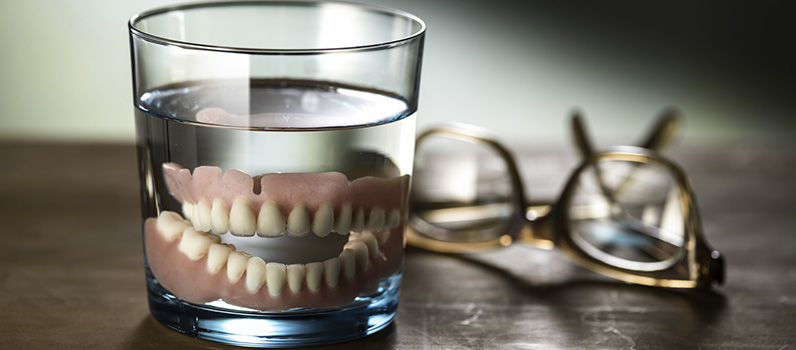What are the effects of tooth loss?

It may be a mere coincidence that World Tooth Fairy Day follows World Toothache Day and that both fall in the same calendar month, but truth be told, toothaches can actually lead to tooth loss. It would seem, however that tooth fairies don’t care much for adults, and they seldom visit adults who have a tooth extracted and leave financial assistance packages under your pillow. Pity, because replacing lost teeth is expensive. It’s far better to try and keep your teeth.
That said, not all teeth that are painful need to be extracted. Sometimes if you have enough unaffected and good remaining tooth structure, and the gum supporting the tooth is healthy, you may want to try and save the tooth by having a root canal treatment. This treatment removes the nerves and vessels inside the tooth and replaces it with an inert rubber filling material called Gutta Percha. The pain causing tissue is removed and in most cases any pain disappears. The tooth can be saved and can still be used for normal functions like eating, chewing and speech.
A tooth in need of a root canal treatment has often had a history of large and extensive fillings. The amount of remaining tooth structure is often too weak to resist the loads produced when we eat and chew. Such teeth, when restored poorly, are more at risk of tooth fracture. It is recommended that a root canal treated tooth be properly assessed and restored in a way that improves the tooth’s chances of resisting the loads that we place upon our teeth in day to day functions. This is most commonly done with a crown or cap. The foundation for this crown should also be considered and rebuilt using sound principles. Doing so will extend the life of the restored tooth.
So what are the effects of tooth loss?
The most noticeable effect of tooth loss is the way we look, which in turn affects the way we feel. Psychological, emotional and social repercussions of tooth loss can have adverse effects on our overall health. But one of the most significant impacts is that of dental bone loss.
Bone needs to be stimulated to preserve its form and density. In the case of the dental bone of the jaw and around the teeth or their roots, known as the alveolar ridge (tooth sockets), the teeth themselves provide the necessary stimulation. The normal, daily function of our teeth encourage the dental bone to continually recondition and rebuild.
But when we lose a tooth, stimulation decreases and results in alveolar bone loss, with considerable reduction in the width, height and volume of the bone in the first few years after initial tooth loss. Once alveolar bone loss has occurred the base (or basal) bone beneath may also begin to resorb and breakdown.
Dental bone loss often results in physical changes to the facial structure and in some cases, partial facial collapse. Over time, loss of bone continues to deplete the bone volume. In extreme cases this makes the jaw more susceptible to fractures.
The take home message is that tooth loss can effect more than just our teeth.
The Tooth Fairy rewards young children for the loss of their baby teeth and ignores those of us who don’t look after and lose our permanent teeth. But don’t despair. The reward for looking after our permanent teeth is that we get to keep our teeth for life. After all, that’s what they were designed to do – last. By looking after them we may avoid that glass of water on the bedside used to store those funny plastic teeth everyone loves so much called dentures.
Read more about extractions and toothaches.









